Pastafest!
I am not going to lie to you and say that making homemade pasta doesn’t take any time. It’s a bit of a project. But once you tackle the few steps involved and appreciate the superior taste of freshly made pasta, you’ll be hard pressed to not make the time to create your very own. Enjoy the process, get your friends or family involved, and the time will be most enjoyable.
The basic recipe is one of those simple combinations that any Italian grandmother undoubtedly knows by heart. With some room for variation, a good place to start is: 2 cups of all purpose flour, 2 cups of semolina flour, a bit of salt, and four eggs. Use an additional egg or a little water if the eggs are small or the dough just isn’t moist enough. And there you have it!
While the traditional method for making your dough is simplicity itself–just incorporating the eggs into the flours and salt with a fork–I am a fan of using a food processor. I find it integrates the ingredients better and provides a bit of kneading to the dough. It’s also faster.
All you do is combine the ingredients with the machine running for about 10-15 seconds. The dough should start to come together and look like a grainy couscous. Add a tablespoon or two of water and process again to bring the dough into a ball. Let the machine run for about thirty seconds once the ball has formed. The dough should feel soft and pliant, but it shouldn’t stick to your skin. If it does, sprinkle in a bit more flour to help dry the mixture more. If you pinch a bit of it and it doesn’t stick together well, the dough is too dry.
Split the pasta dough into two halves, flatten them, and wrap them separately in plastic wrap. Refrigerate them for 30 minutes, or up to a day, before you roll the dough out. This rest allows the gluten to relax and make the dough more pliant and softer.
Rolling the dough can be accomplished with a rolling pin and some muscle, but I am a fan of pasta rolling machines. Either the manual, hand-cranked type that clamps onto the countertop, or–my preference–the pasta-rolling attachment for a Kitchen Aid stand mixer. I prefer the electric version because it allows me to have both hands free to guide the dough into the rollers and also to gently collect the dough once it has passed through.
Start by taking half of your dough from the refrigerator. If it feels sticky or tacky to the touch, dust a bit of flour around the outside before passing it through the machine. Set the rollers to number 1–the widest opening–and pass the dough through. To help acheive a more rectangular, regular shape, you can double the dough over onto itself and pass it through again at the setting of number 1.
Proceed through the numbers-2,3,4–each time creating a longer and thinner sheet of pasta. If it starts to become unwieldy, feel free to cut the ribbon in half and proceed with two shorter pieces of dough. Depending on your machine and the type of pasta you’re making, you’ll want to finish at around the number 6 setting- not so thin that it starts to tear, but also not so thick that you imagine it would be unpleasant to bite into so much pasta once cooked. Experiment with your machine and preferences to find your ideal setting! If you are making ravioli or other shapes of pasta that involve two layers, it’s even more important to avoid having the dough too thick.
As you finish with each strip of dough, lay them out on a lightly floured kitchen towel, a cooling rack, or a pasta rack if you have one.
Once the pasta has been rolled out into sheets, you can allow it to rest for a few minutes before cutting. A little dusting of flour or just exposure to air will help the dough dry a bit and make it easier to handle.
To cut the pasta into, say, fettucine, just pass the sheets through the cutting rollers. Collect the cut and sliced dough on the floured countertop of the work surface and gently toss the strands in a bit of flour to keep them from sticking together.
Alternatively, you can cut the dough by dusting it heavily with flour and gently rolling a sheet onto itself. Now just slice it with a sharp knife. It’s a chiffonade of pasta, essentially.
Once the pasta is cut, it can happily rest until cooking time. Use a large pot of boiling, salted water and cook it for somewhere between ninety seconds and three minutes until al dente. “Al dente” is Italian for “to the tooth.” It means that the pasta should still have some bite- neither mushy nor tough. Toss with some melted butter and parmesan, a ragout of vegetables, tomato-based sauces– or whatever! The rustic elegance and satisfying simplicity of homemade pasta will make you sure to make the time to whip up your own dough whenever pasta is on the menu. “Like-a Mama used to make.” Buon appetito.
Jill adds: It took me about three “sessions” with pasta dough to really understand what I was doing. All but the first batch was edible. In my mind, success is all about texture. Not too dry. Not too sticky. If you must err, err on the side of sticky. It is always easier to add more flour after you’ve started rolling.
I can now crank out homemade pasta in about 30 minutes. This is mostly a summertime activity for me, since homemade pasta is the perfect accompaniment to summer’s bounty of vegetables and the flavors of the grill. I find that lasagna with homemade pasta not only tastes better but is actually quicker and easier than one made with store-bought noodles.
Here are a few other things I’ve learned.
- I use half semolina and half whole wheat flour. I dust with whole wheat as well. The semolina contributes a chewy, stretchy texture. The whole wheat contributes nutrition and flavor. The whole wheat flour absorbs a lot more liquid, so you’ll need at least one more egg than you would if you were making this with all purpose flour or semolina only.
- If you’re rolling and you get “shaggy” texture on the surface of your dough, it is too moist. Dust with flour.
- Remove the dough from the fridge about 15 minutes before you want to start rolling. The warmer dough is more malleable.
- Give the dough a good dusting of flour before you cut it. This will keep it from sticking together when it comes out of the cutter.

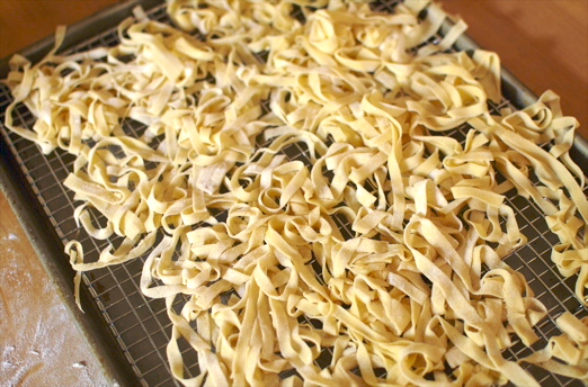
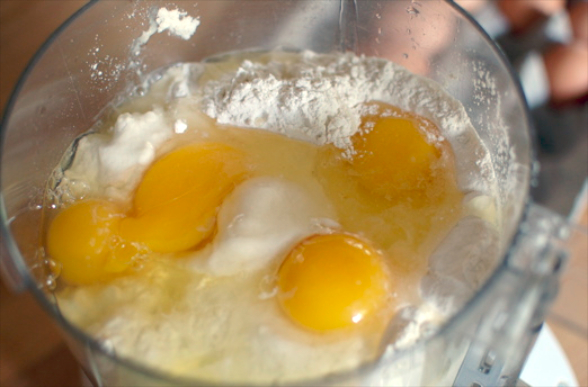
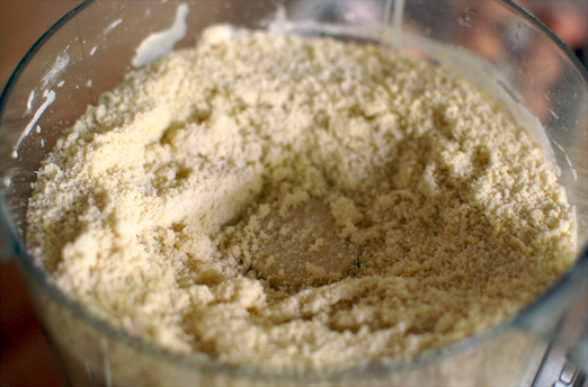
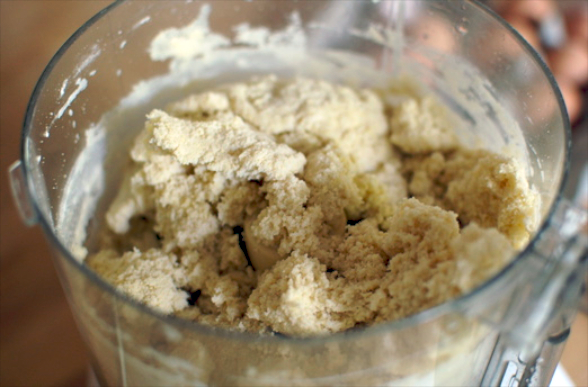
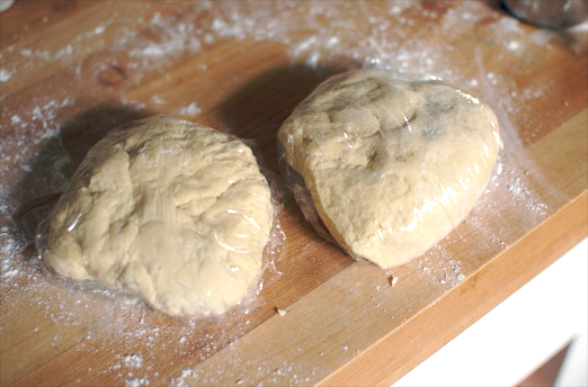
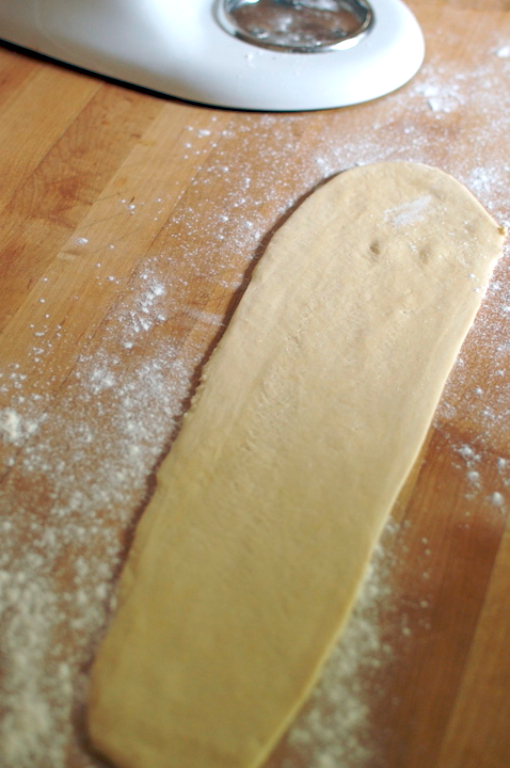
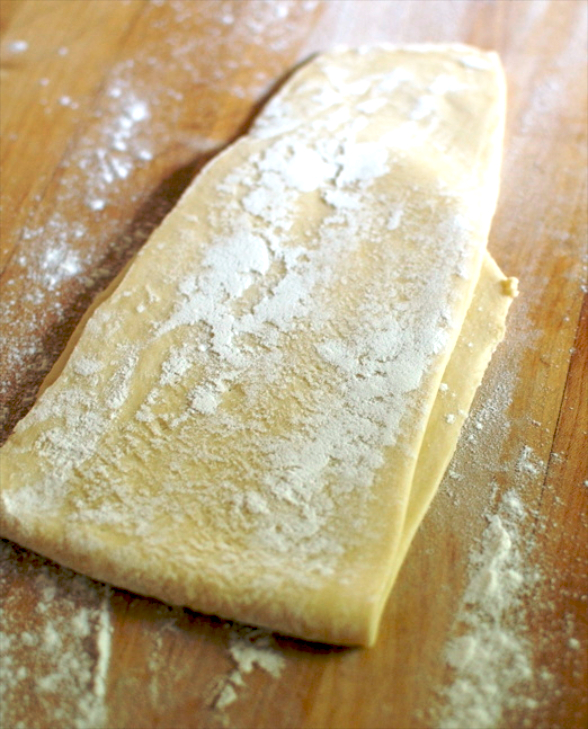
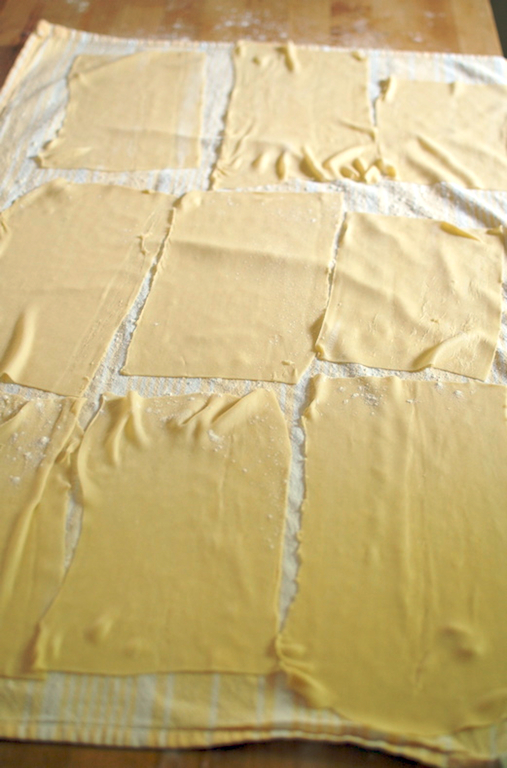
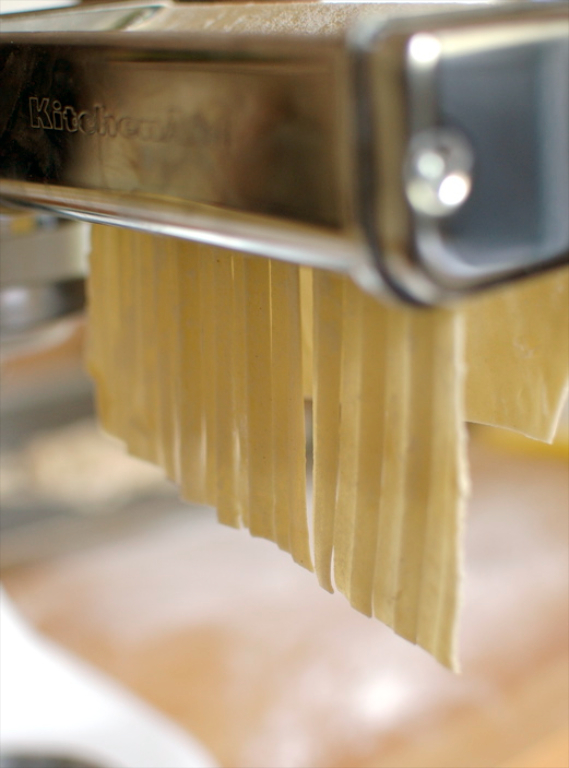
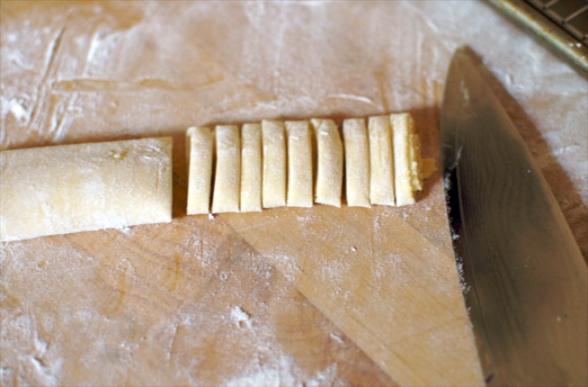



Comments
One Response to “Pastafest!”Trackbacks
Check out what others are saying about this post...[…] One recipe of basic pasta dough or one box of lasagna […]